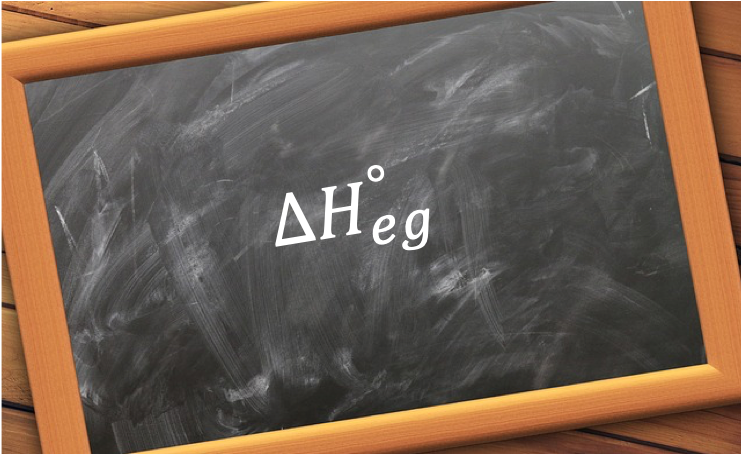Standard conditions in chemical energetics provide a consistent reference framework that allows for the reliable comparison of thermodynamic properties and reaction feasibility across different chemical systems.
The value of the change in enthalpy of a reaction, ΔHr, depends on the following physical properties of reactants and products:
-
- Temperature
- Pressure or concentration
- State of matter
In other words, ΔHr for a reaction carried out, for example at 298.15 K, is different from that at 373.15K.

To avoid confusion, thermodynamic calculations are often made using data derived under a specific set of conditions known as standard conditions, which are defined as:
-
- Temperature: 298.15K (data are sometimes derived at other temperatures)
- Pressure: 100 kPa or 1 bar
- Concentration: 1 M
- State of matter: Each substance is in its normal state (s, l or g) at 100 kPa and 298.15K
For example, the normal state of molecular oxygen at 100 kPa and 298.15K is O2 (g). Thermodynamic properties, e.g. ΔHr, that are calculated using standard conditions data are given an additional symbol “o” as a superscript to their current symbols, i.e. ΔHr o. ΔHr o is therefore the standard enthalpy change of reaction. If ΔHr o is observed at a temperature other than 298.15K, the symbol ΔHr o(T) will be used, where T is the temperature of the reaction at which ΔHr o is observed.

Question
The standard enthalpy change of the manufacture of ammonia via the Haber process, , is ΔHr o = -46.1 kJmol-1. However, the process is too slow at 298.15 K and 1 bar. Instead, it takes place at around 720 K and 200 bar. How then is ΔHr o obtained?
Answer
The enthalpy change of the reaction, ΔHr , is first measured at the optimum conditions of 720 K and 200 bar and subsequently converted to ΔHr o at 298.15 K and 1 bar using Kirchhoff’s law (the understanding of this law requires the knowledge of chemical thermodynamics at the advanced level).
The value of the standard enthalpy change of a reaction is quoted to match the stoichiometric coefficients of the written reaction equation. For example, if the equation for the Haber process is written as , the quoted standard enthalpy change of reaction is:

Question
Why is water always in the liquid state in combustion equations like when it should be in vapour form considering the temperature of combustion?
Answer
Equations like the combustion of methane are usually written under standard conditions, i.e. with all reactants and products in their normal states at 100 kPa and 298.15K. Although it is not wrong to write the equation as , calculations are often carried out using thermodynamic properties that are quoted in standard conditions, which makes
more relevant.










